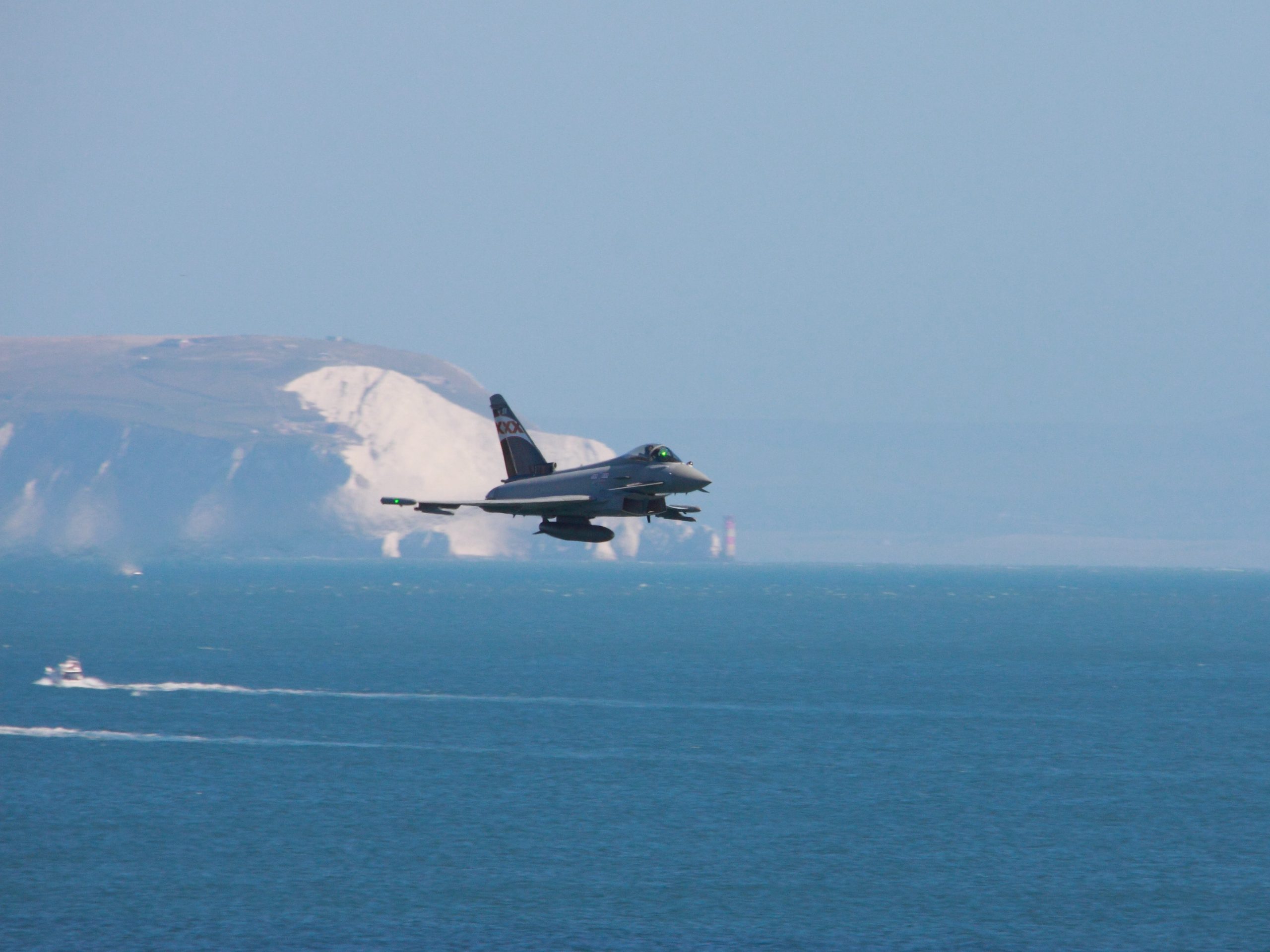Actualités

Since 2017 and within the framework of the 2019-2025 Military Programming Law, Florence Parly has initiated a vast transformation of the Ministry of the Armed Forces which includes a modernisation project with the digital transformation of the Ministry of the Armed Forces. One of the main objectives is to prepare the future of the armed forces by exploiting all the potential of digital technology and promoting innovation at all levels. Here is the digital organisation and the modernisation project for cyber security in the defence sector.
Digital transformation in defence and CIS (information and communication systems)
In this sector, which includes 22,000 military and civilians and represents 2.5 billion euros of annual expenditure, information systems can be: operational and communication (SIOC), administration and management (SIAG) or scientific and technical (SIST). The digital ambition of the Ministry of the Armed Forces since 2017 sets three strategic objectives: guaranteeing operational superiority and information control in theatres of operation, strengthening the efficiency of support and facilitating the daily life of personnel, and improving relations with citizens and the attractiveness of the Ministry. The transformation of the ministry’s digital ecosystem consists of upgrading the digital service offer and the shared capacities for the benefit of the business lines’ projects. These projects are led by the digital actors and must take into account the specific requirements of defence, particularly in terms of security, resilience and coherence between the contexts in metropolitan France, overseas and abroad. Then, digital transformation also consists in digitising business processes to make the most of the solutions available on the market.
Since November 2020, the Ministry of the Armed Forces has adopted an organisation based on three transversal information systems directorates (DSI) (Group, Socle, Cyber) and 17 Domain DSIs representing all professions. Three major digital organisations with a ministerial vocation are involved: the DIRISI (Direction Interarmées des Réseaux d’Infrastructure et Systèmes d’Information), the COMCYBER (Commandement de la Cyberdéfense) and the AND (Agence du Numérique de Défense), based on the ministry’s many business lines and under the coordination of the DGNUM (Direction Générale du Numérique et des systèmes d’information et de communication).
The Defence Digital Agency (AND), created in 2021, will be responsible for a thorough review of the departmental digital organisation in order to meet the many challenges linked to its transformation, by federating and pooling existing digital project management capabilities.
The modernisation project
The modernisation project will make it possible to meet the challenges of digital transformation, which are :
- Control data, with a technology offering that facilitates sharing while meeting regulatory compliance and security requirements.
- Ensuring digital sovereignty, by exploiting the most relevant digital technologies
- Create a more efficient, resilient and responsible digital foundation by providing secure connectivity from the metropolis to theatres of operation.
- Supporting new uses : The deployment of new tools and processes requires the implementation of support for users and decision-makers.
- Meeting the human resources challenge of recruitment, training and retention in the face of increasing digital service needs.
- Adapting the governance model with collegiality in the decision-making process taking into account initiatives from the field and new methods of conducting digital projects.
The main achievements of this transformation are articulated around three transformation pillars to face these challenges: organisation and governance, hosting and cloud, and data.
Firstly, since the launch of the first digital transformation work in 2017, the organisation and governance has seen the creation of the General Directorate of Digital and Information and Communication Systems (DGNUM) in 2018, the creation of the Digital Base Management Unit in 2019, then the new organisation into 3 ISDs in 2020 and finally the creation of the AND in 2021.
Next, the ‘Hosting and Cloud’ axis reinforces cybersecurity with a private cloud strategy guaranteeing data control and resilience, with a trusted cloud ‘SecNumCloud’ for less sensitive data. The ministerial project ‘Hosting-Cloud’ coordinates new investments, anticipates the adaptation of skills and supports the application migration strategy.
Finally, as far as data is concerned, we can add the implementation of the first operational solutions for the enhancement of data for the benefit of the business lines, thanks to the Data Administrator. A ministerial artificial intelligence strategy has been implemented, as well as a consolidation of the governance of the ministerial data policy. An open data roadmap has been put in place in accordance with the Prime Minister’s circular of April 2021.
Thus, we can illustrate this digital transformation in terms of cybersecurity in defence through the examples of TAIIA (image processing by artificial intelligence), ANAIS (tool for analysing inconsistencies in maritime situations), or La Fabrique Numérique (digital services incubator of the Ministry of Defence).
Articles similaires


































